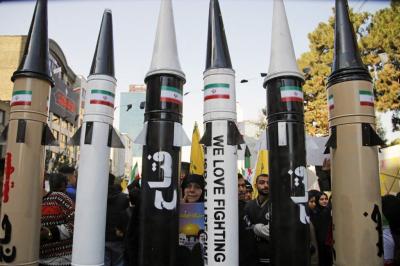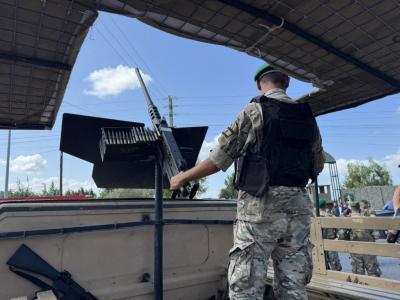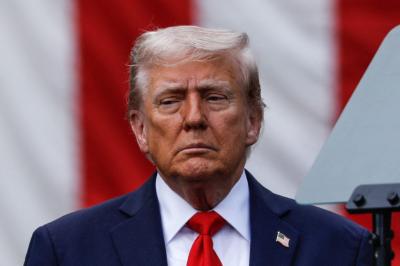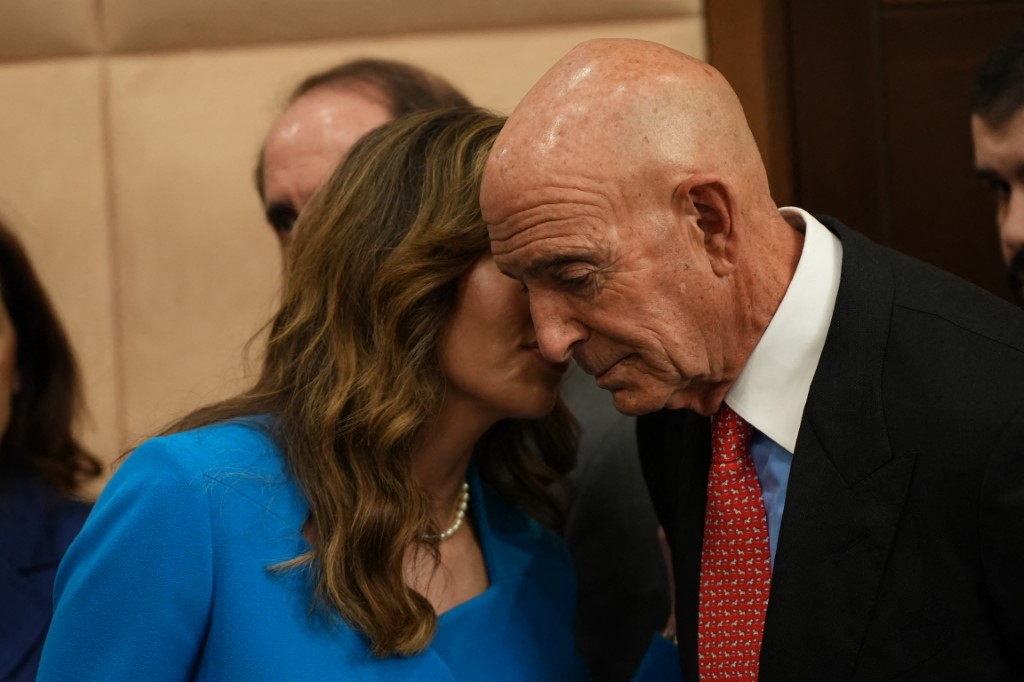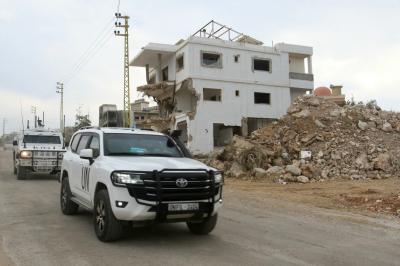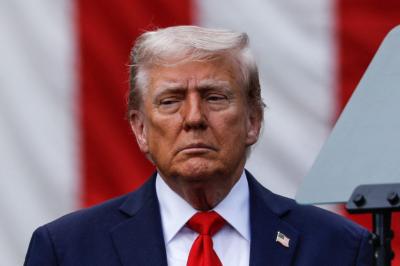After the dust settled over the uproar caused by U.S. envoy Tom Barrack’s remarks—and their political exploitation by "Hezbollah"’s media outlets through their traditional rhetoric of threats and accusations—the focus is back on Lebanon’s political crisis and the sober conditions required for its rescue.
It is no small matter that the diverse U.S. delegation, spanning administration and Congress, spoke with one voice—consistent in tone, substance, principles, and proposed remedies. Whether at Baabda Palace, Ain al-Tineh, or the Grand Serail, at least four officials addressed Lebanese leaders, some at length, others briefly, but observers noted no contradictions or missteps. This clarity underscores the coherence of the U.S. vision—indeed, the U.S. project—for resolving Lebanon’s crisis within a dual framework: its ties to both Syria and Israel. It was hardly coincidental that a high-level Syrian delegation was set to arrive in Beirut just after the Americans departed, a follow-up to the Syrian component of what has become known as “Barrack’s paper.” This plan touches directly on border demarcation, as well as unresolved files such as the fate of Syrian refugees in Lebanon, detained Syrians, and Lebanese missing in Syria—though that visit was later rescheduled.
Step for step - who should be the first?
The first reality is that Washington’s plan has moved beyond the usual “bazaar” of trading Israeli conditions for "Hezbollah"’s disarmament. Instead, it embraces the principle of “step for step”—with Lebanon required to move first. The Lebanese cabinet’s landmark August 5, 2025, decision to “restrict arms to the state” was foundational. It was not an end in itself but a starting point. Implementation is expected to begin after the army submits its program at the end of this month, followed by formal cabinet approval.
Winners and Losers
The second reality is stark: this is a zero-sum game. "Hezbollah" cannot dictate terms to Israel, and by extension, to Washington. The party’s much-vaunted doctrine of “strategic deterrence”—once a centerpiece of its propaganda and political clout—has collapsed spectacularly. No amount of spin can revive it. Threats by deputy leader Sheikh Naim Qassem and others to drag Lebanon into civil strife, after failing in their confrontation with Israel, ring hollow. Defeat on one front cannot be compensated with victory on another, lest Lebanon sink under the weight of two failures.
The Iranian Mirage
The third reality is that banking on Iranian backing offers little more than empty promises. Tehran is preoccupied with domestic woes in the aftermath of its latest war and eager to revive nuclear talks in hopes of partial sanctions relief. Its priority is regime survival, not deploying "Hezbollah" as a bargaining chip with Washington. For "Hezbollah", clinging to intransigence only deepens its isolation—locally, regionally, and internationally—leading down a one-way road to political suicide.
Is this truly "Hezbollah"’s strategy, or simply a negotiating tactic to raise the ceiling in pursuit of concessions—such as retaining influence over military decisions, preserving armed “resistance zones,” ensuring freedom of movement for its weapons, maintaining smuggling networks, or carving out a share of political power that distorts the Taif Accord? Perhaps Tehran itself has encouraged this brinkmanship. But such gambits are unlikely to succeed. The fragile equilibrium among Lebanon’s sectarian components cannot withstand renewed tampering. Past crises were papered over, but they cannot be replayed under the illusion of demographic dominance or armed supremacy.
The Only Path Forward
The undeniable truth is that only one actor is now offering a roadmap: the United States. Its plan is explicit, comprehensive, and inclusive—even of "Hezbollah". Neither the Lebanese state nor the party has the luxury of delay, obstruction, or bargaining. Why, then, persist in denial, stubbornness, and raising fictitious ceilings?
Only sober, rational calculation can guide Lebanon out of its crisis. The question remains: is there still room for wisdom in overheated heads?
Please post your comments on:
[email protected]
 Politics
Politics
